Available Exclusively in Korea
Three Distinctive Museums Where You Can Learn about Korea
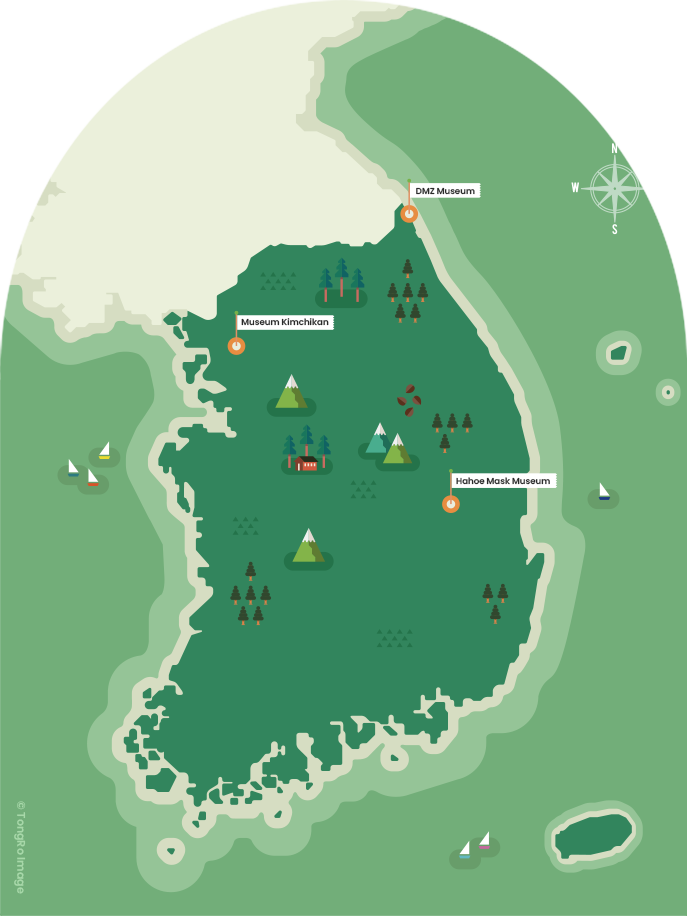
WRITTEN BY
Seong Hye-kyeong
Illustrated by
Cho Kyungkyu
Museums are popular travel destinations. If you’re looking for some places to try, here are a couple of uniquely Korean museums where you can gain a deeper understanding of the country’s history and culture.
1
Faces of Humor Hahoe Mask Museum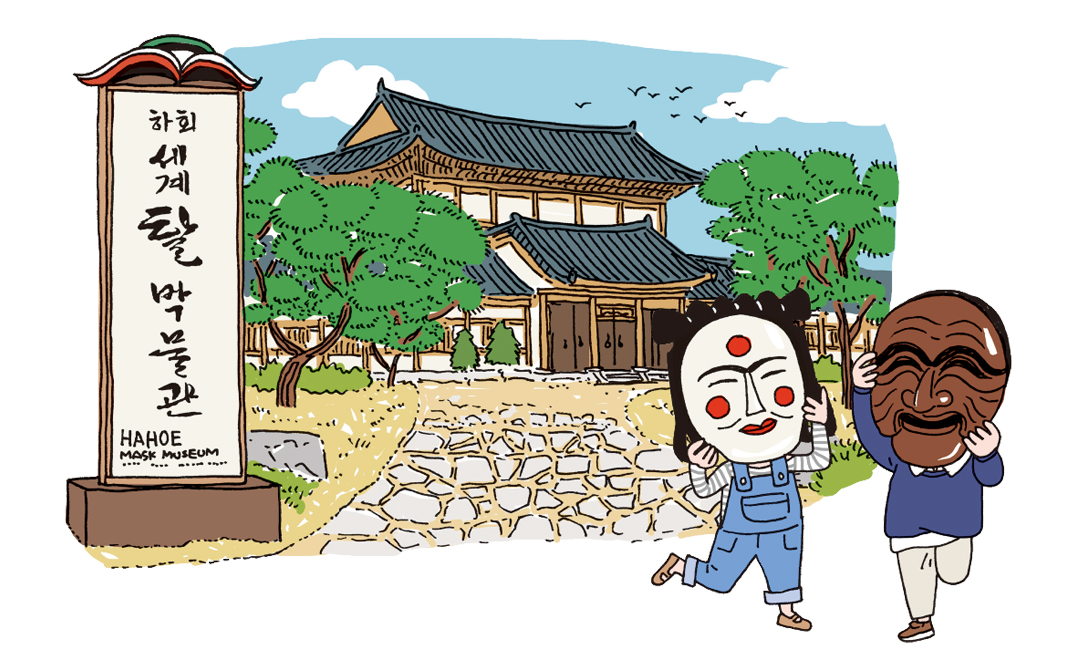
Fans of Korean pop culture may have seen tal (traditional Korean masks) in K-dramas and movies. There is a museum where you can find masks from around the world, including Korean tal. Welcome to Hahoe Mask Museum, built by a master artisan of the best known tal, those of historic Hahoe Village.
Tal were mainly used for talgeuk (masked dramas). The Hahoe Mask Museum currently has about 200 traditional masks on display, sorted by performance genre. If you take a slow look around the exhibition, you will see that the mood and color of the tal vary depending on the talgeuk. You can also try them on, make tal-shaped keyrings or even create your own tal by decorating a paper tal using foam clay.
The Hahoe Mask Museum is located in Andong Hahoe Village, a UNESCO World Heritage Site. The entrance to the museum is free of charge for those who have a ticket to Hahoe Village, so it is a good way to experience the quiet atmosphere of Hahoe Village as well.
2
Kimchi: a Multisensory Experience Eulji-ro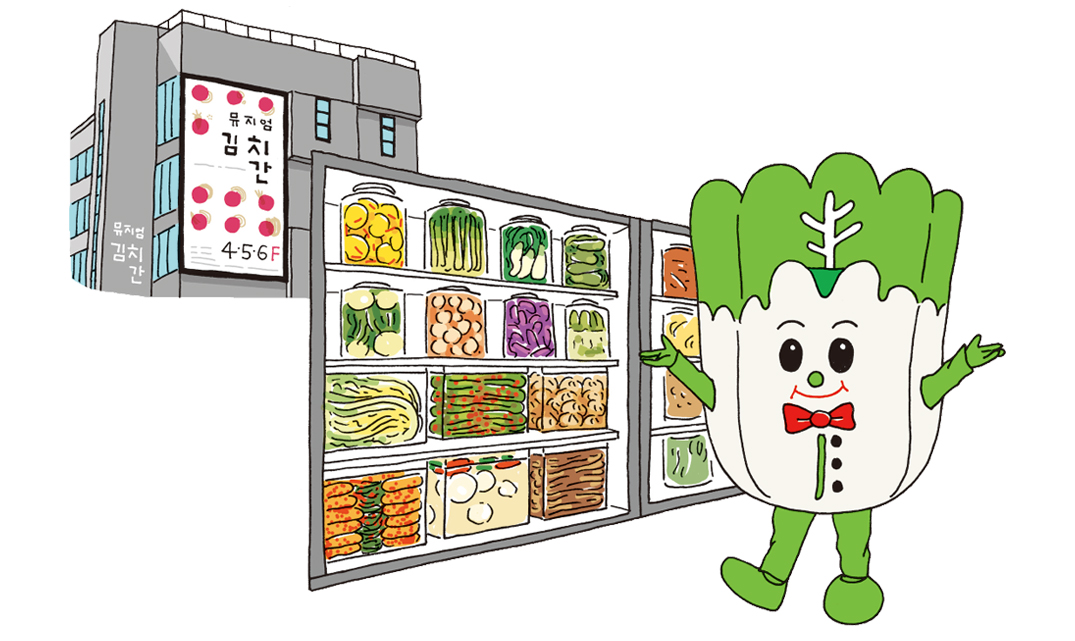
Museum Kimchikan is Korea’s first museum dedicated to the national side dish, kimchi. The museum hosts exhibits and programs to teach visitors all about kimchi and its history, including exhibits on the many varieties of kimchi and other pickled vegetables around the world, a collection of clay pots where kimchi was traditionally stored, a virtual kimjang (kimchi making) program, a laboratory where you can learn the secrets of fermentation, and a recreated kitchen from old Korea. The museum also hosts special exhibits and lectures.
The most popular program is “Kimchi School,” where you can experience kimjang, designated as an intangible cultural heritage by UNESCO. You can make diverse types of kimchi, such as kkakdugi (cubed radish kimchi), oi sobagi (cucumber kimchi) as well as baechu (kimchi cabbage) kimchi, the most widely known variety overseas.
3
The World’s One and Only DMZ Museum
The DMZ Museum is a museum dedicated to the demilitarized zone, a heartbreaking legacy of the Cold War. Its exhibits explore all aspects of the DMZ, with an introduction to the Korean War, displays and videos of the area before and after the conflict, a description of the Military Demarcation Line and explanations of the DMZ’s unique ecology, the result of its status as a no man’s land for over seven decades.
The jewel of the DMZ Museum is the outdoor exhibition with artifacts related to the DMZ. Loudspeakers and display boards previously used for psychological warfare against North Korea that were removed from the DMZ are on display in the museum’s yard, as is a 120-meter-long stretch of iron fence that once lined the DMZ and a wooden boat some North Koreans used to escape to South Korea in 2011.
Other Articles
-

Special Ⅰ The Beauty of Coexistence
-
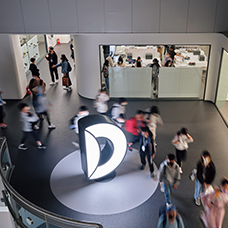
Special Ⅱ From the Past to the Future
-

Trend Available Exclusively in Korea
-
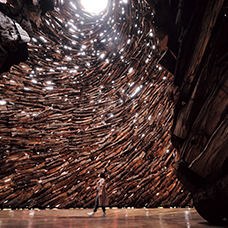
Hidden View Mysterious Egg?
-

Interview Violinist Bomsori Kim
-
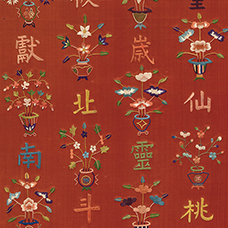
Art of Detail A Stitch in Time
-
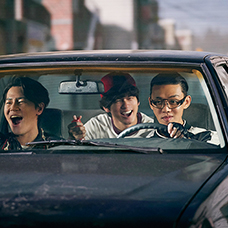
Film & TV Seoul Vibe
-

Collaboration Pixelated World
-
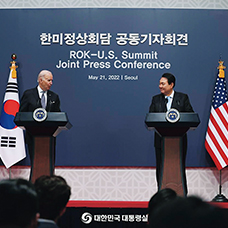
Current Korea Korea-US Relations of 140 Years and Beyond
-

Global Korea SINNOI’s Performance
